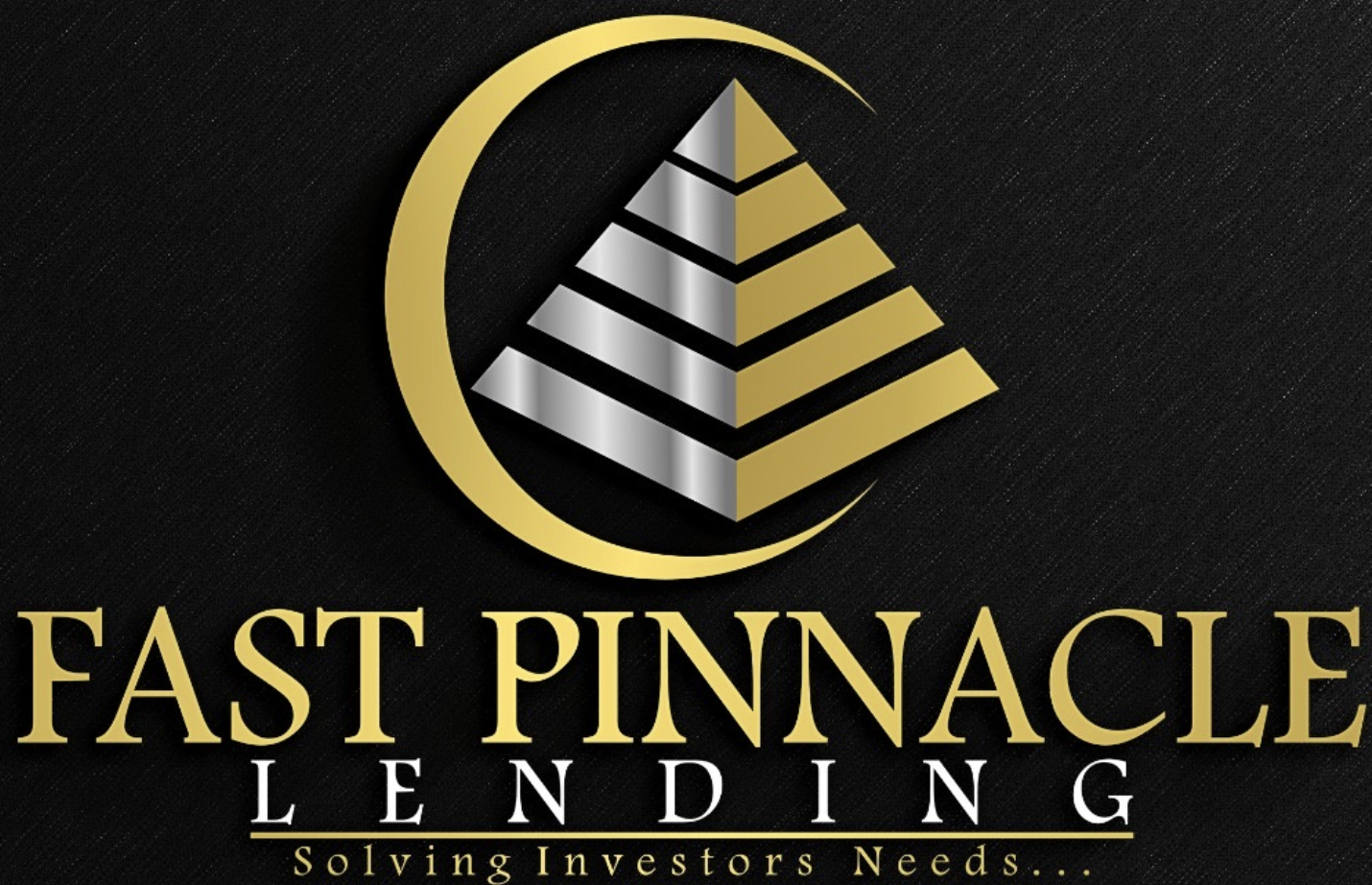When it comes to investing in condos as a rental property, many real estate investors…
Bridge Financing for Real Estate Investors: Maximize Returns

When networking with experienced real estate investors, you’ll often hear the term BRRRR—Buy, Rehab, Rent, Refinance, Repeat. This proven strategy builds wealth in real estate. But how do you fund each phase? Enter bridge financing—a vital tool in real estate investment financing. Let’s explore how bridge loans and investment property loans can help real estate investors grow their portfolios efficiently.
The BRRRR Strategy with Bridge Financing
In the BRRRR method:
- Buy: Acquire distressed rental properties below market value.
- Rehab: Improve the property to boost its rental and market value.
- Rent: Generate passive income.
- Refinance: Use a long-term loan like a DSCR loan to pull out cash.
- Repeat: Grow your real estate portfolio.
Let’s dive into the first steps—buying and rehabbing—and how bridge loans or fix and flip loans can boost your cash flow and returns.
The Role of Bridge Loans in Real Estate Investing
If you don’t have enough capital for your next property or want to handle multiple deals, bridge financing is a great option. A bridge loan (or fix-and-flip loan) is a short-term solution for real estate investors, covering up to 90% of a property’s purchase price and 100% of renovation costs. These loans, offered by real estate investment lenders or investment property lenders, enable you to purchase, rehab, and increase the property’s value using leverage.
How Bridge Loans Work
Unlike traditional loans, bridge loan lenders don’t require employment history or tax returns. Instead, they secure the loan against the property. This loan type uses metrics like the After-Repair Value (ARV) and Loan-to-Cost (LTC) ratio to determine loan amounts—ideal for distressed properties.
After-Repair Value (ARV)
ARV is the property’s expected value after renovations. Many bridge loan lenders provide up to 70% of ARV, giving you maximum leverage.
Loan-to-Cost (LTC) Ratio
If a bridge lender offers 80% LTC, you can get $80,000 on a $100,000 purchase. The remaining $20,000 comes from the investor as a down payment, making it a low-risk investment.
DSCR Loans: Refinancing for Long-Term Growth
Once the property is renovated and rented out, you can refinance into a long-term DSCR loan. Unlike traditional loans, a DSCR loan lender bases approval on property cash flow, not personal income—perfect for real estate investors with irregular income. This loan type allows you to cash out and reinvest, expanding your portfolio.
Seasoning Period and Cash Flow Management
Most real estate investment lenders require a seasoning period before refinancing, typically six months, though some offer just three months. A shorter period means quicker cash flow recycling, allowing you to scale faster.
Example: From Bridge Loan to DSCR Loan
Let’s look at Adam, an investor who buys a distressed property for $100,000. His bridge loan lender covers 90% of the purchase and 100% of rehab costs, totaling $130,000. After renovations, the property is worth $190,000. Adam refinances into a DSCR loan, securing 75% LTV ($142,500). After paying off the bridge loan, he pockets $12,500 in cash, ready for the next deal.
Conclusion: Bridge Financing and DSCR Loans for Smart Investing
By using bridge loans for acquisition and renovation and transitioning into DSCR loans for long-term stability, real estate investors can maximize returns and build wealth. The combination of bridge financing and rental property loans enables investors to scale portfolios efficiently with minimal capital.




